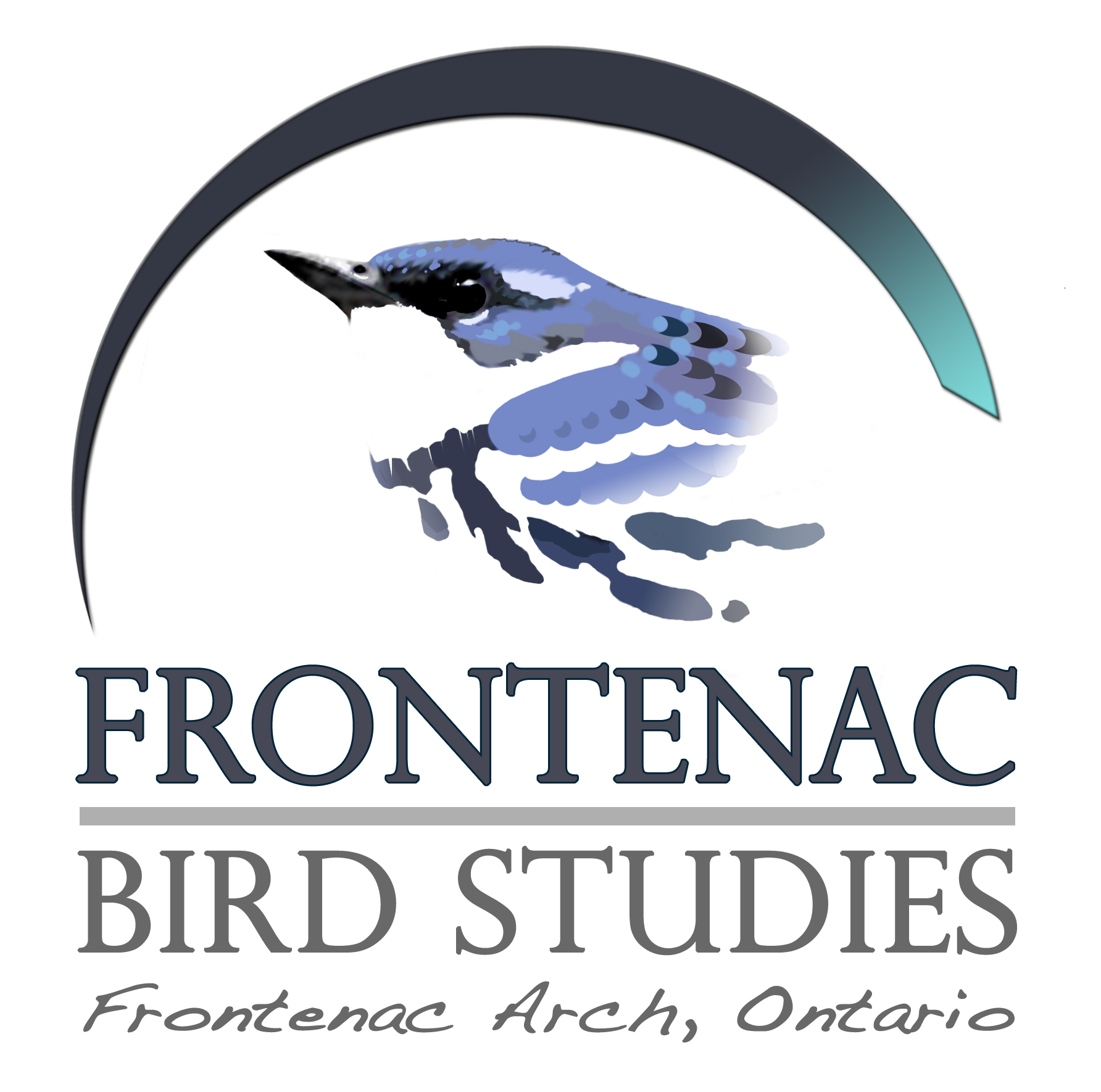
Species Abstract
Veery (Catharus fuscescens)
Habitat=Deciduous forest
Area sensitive=yes
Average clutch size=4
Nest building period=6 days
Incubation period=10-14 days
Microhabitat=ground or slightly elevated in shrub/tree
Nest builder=female
Incubation=female
Parasitized by cowbirds=yes
This is the first edition of what will be an ongoing series of nest profiles for breeding bird species of the Frontenac Arch. Searching out and monitoring active nests has always been an important component of ornithology and is also a significant source of data for understanding and tracking changes in demographics and ecology of breeding avifauna all over the world. As part of the Frontenac Breeding Birds program we will be actively searching for nests in select areas to yield valuable information on habitat associations, nest success/failure rates and predation/parasitism rates to name a few. These demographic data combined with vital rate statistics drawn from our three Monitoring Avian Productivity and Survivorship stations will be utilized in concert with standardized population estimates (point counts) to form an integrated approach to avian monitoring.
This Veery nest was discovered on June 6, 2009 at our Maplewood Bog MAPS site. The Veery is one of five members of the Catharus genus of thrushes, which inhabit forests across much of North America. The Veery prefers damp, deciduous forests and tend to favour more successional habitats than the other “spot breasted” thrushes. Nests are built entirely by females in mid-May to early June and are built on or near the ground in 6-10 days (Forbush 1927). This particular nest was found about 8 inches above the ground in the centre of a small juniper in a deciduous woodland clearing. Eggs are laid 4 days after nest completion and the average clutch size is 4 eggs. The female builds the nest alone and incubates the clutch while the male guards the territory until the eggs hatch after 10-14 days after laying. The Brown-headed Cowbird parasitized 19% of nests recorded in Ontario (n=368), making the Veery a sensitive species to habitat fragmentation (Peck and James 1987).

I was a bit surprised to find this particular nest in such an “open” spot with full sun shining on the nest and the back of the incubating female. Junipers are definitely a key plant for ground nesting birds in this region as the dense evergreen foliage provides an excellent concealer.

This incubating female sat very tight to the nest for most of the morning and was only flushed when approached to within 1ft. Luckily, Seabrooke, with camera at hand, was nearby and was able to get a couple of shots of the female tending to the clutch. I was very pleased to find our first Veery nest for Frontenac Bird Studies, as the species’ nest is notoriously difficult to find. We will be on the lookout for more and will also look for nests of its relatives-the Hermit and the Wood Thrush in the coming weeks.


What a brilliant educational tool! Seeing the habitat, nest, eggs and adult incubating is wonderful. Thanks for this.